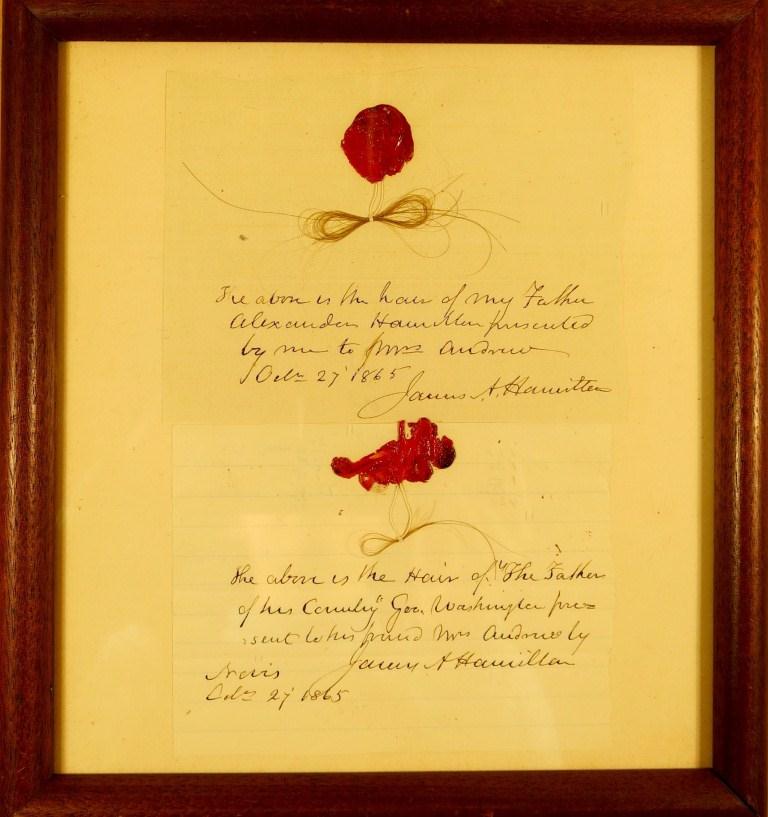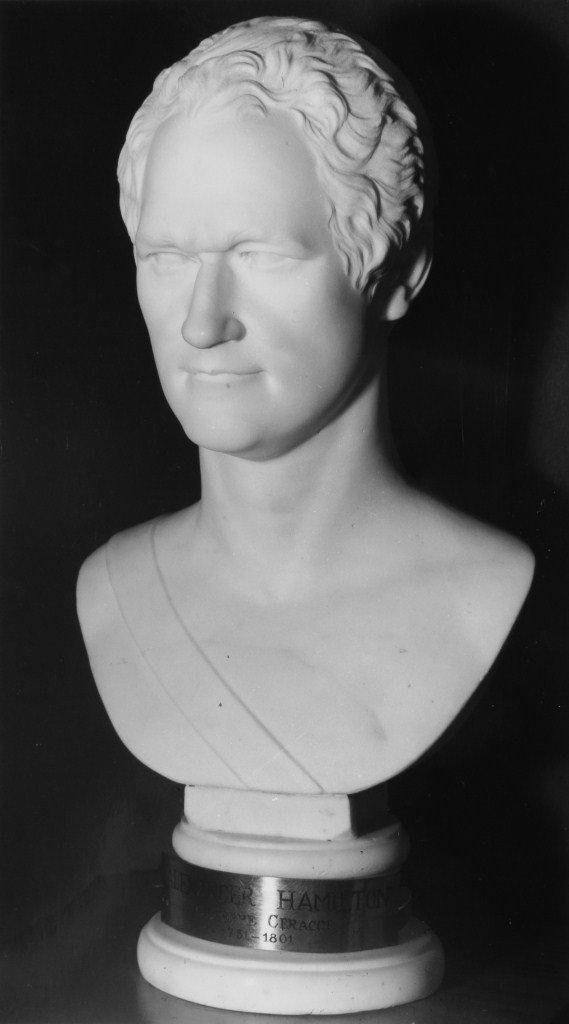By Dan Hinchen
It is the return of the seminars this week at the MHS. Up first, on Tuesday, 13 January, from the Environmental History series is “The Rise and Fall of the Texas Longhorn.” This talk, given by Joshua Specht of Harvard University, explores the crossroads of economics and biology in the evolution of the cattle ranching industry. Comment provided by Beth LaDow, author of The Medicine Line: Life and Death on a North American Borderland. The talk begins at 5:15PM. Seminars are free and open to the public; RSVP required. Subscribe to receive advance copies of the seminar papers.
On Wednesday, 14 January, stop by at noon for a Brown Bag lunch talk given by Kate Culkin of Bronx Community College, CUNY. “The Emerson Sisters’ Correspondence: A Record of Daily Life in the Emerson Home and Nineteenth-Century Concord” explores the changing world of the nineteenth century through the correspondence of two daughters of Ralph Waldo Emerson. This event is free and open to the public.
Another seminar takes place on Thursday, 15 January, this time from the Biography series. The panel, moderated by Caroly Bundy, will discuss “Biography, the Visual Artist, and the Story Behind Public Art.” This seminar begins at 5:30PM. Please RSVP. Subscribe to receive advance copies of the seminar papers.
Finally, once again there is a free tour taking place on Saturday, 17 January, at 10:00AM. The History and Collections of the MHS is a 90-minute docent-led tour through the public spaces of the Society’s home at 1154 Boylston Street. The tour is open to the public at no charge. If you would like to bring a larger party (8 or more), please contact Curator of Art Anne Bentley at 617-646-0508 or abentley@masshist.org.



